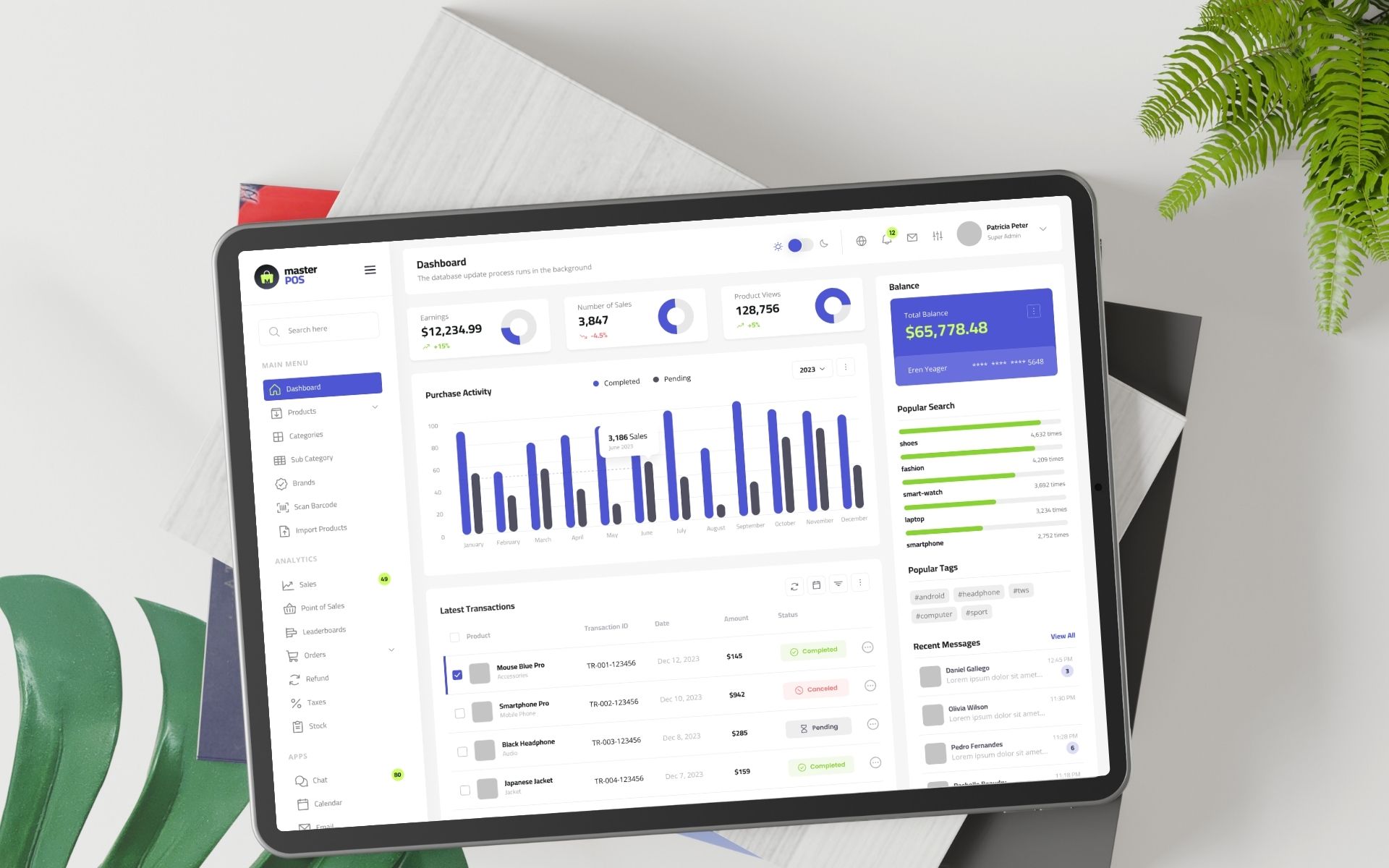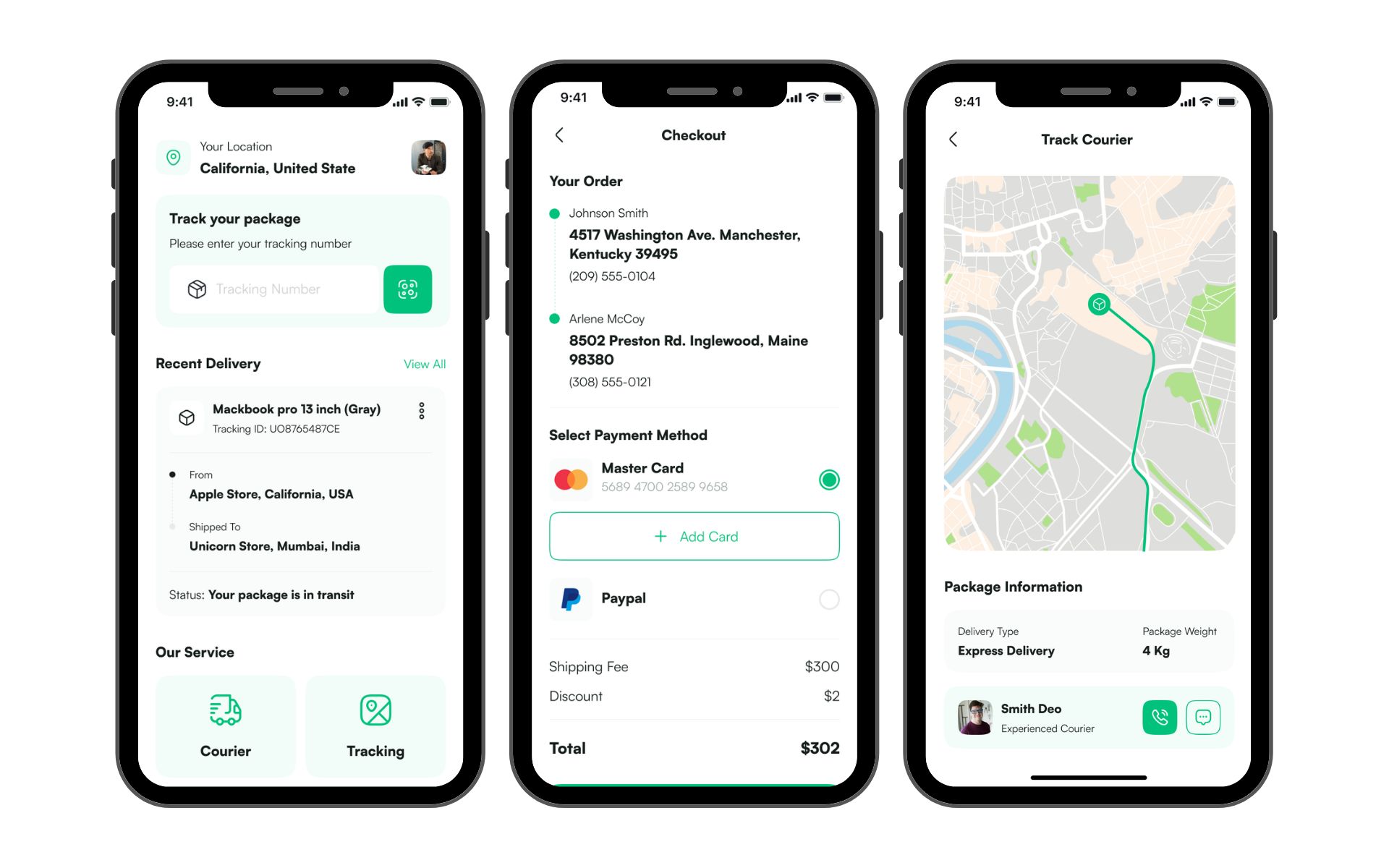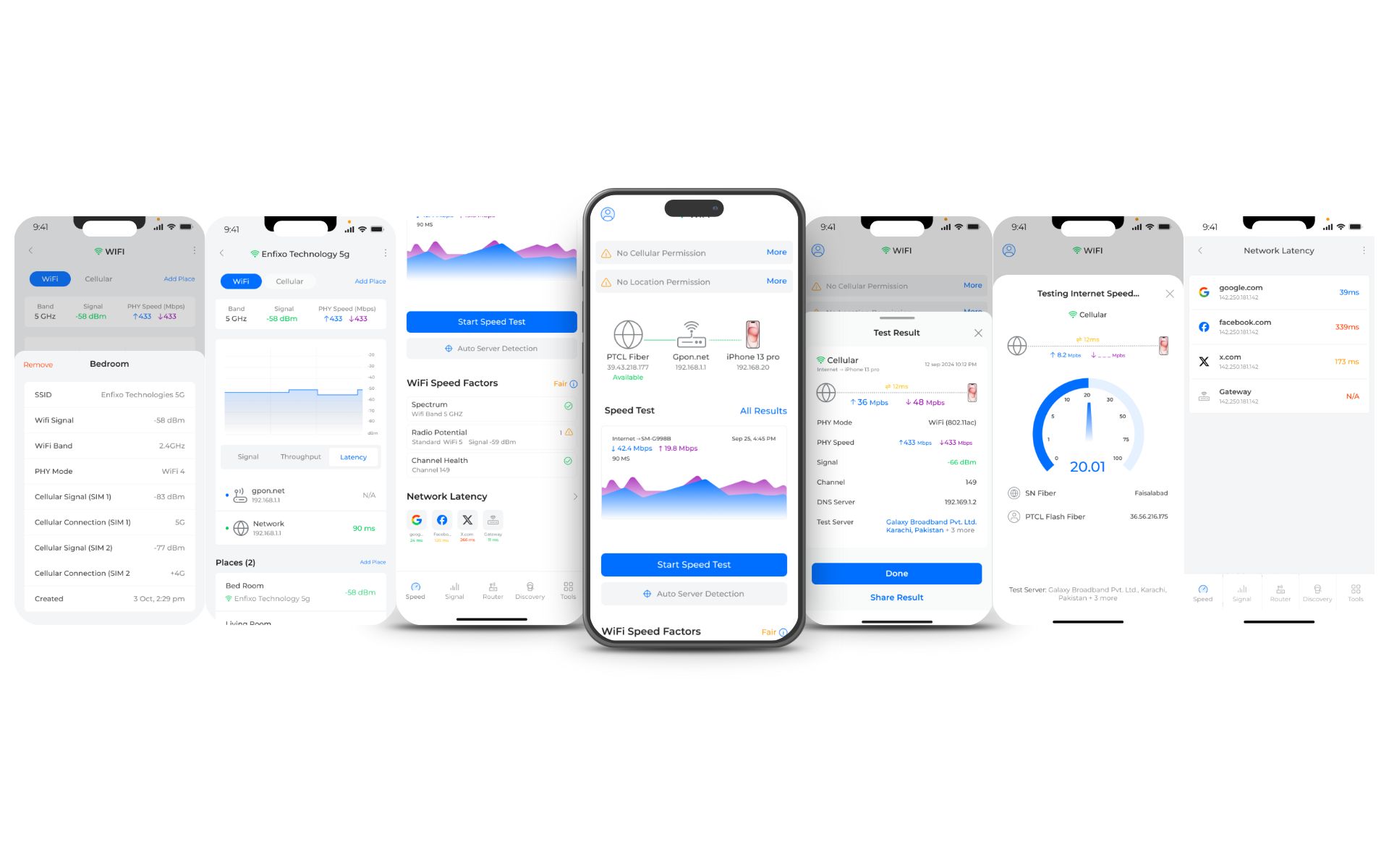
CODE.
CREATE.
INNOVATE.
Unmasking
Our Journey
From Humble Beginnings to Global Impact
Founded in 2020, we began as a small web development company with a big vision—to help businesses grow through smart, reliable digital solutions. Over the years, we’ve grown into a trusted partner for entrepreneurs, startups, and established companies, delivering everything from websites and mobile apps to digital marketing and branding. As we expanded, so did our services. Today, we also support public sector development by supplying high-quality products for government procurement.

Embrace the Future of Public Procurement
Discover Our Supply SolutionsIT for Modern Businesses
Let’s Check Our Services
Discover the Difference
Explore How We Stand Out From the CompetitionWith our unwavering commitment to excellence and innovative approach, we go beyond expectations to deliver cutting-edge solutions tailored to your unique needs. Explore our exceptional expertise and stand out from the competition with us.
-
Expert Development Team
-
Agile Methodology
-
Robust Quality Assurance
OUR WORK
Our latestAWESOME DESIGNS
testimonials
Inspiring Stories fromSatisfied Customers
Looking for tailor-made
software solutions? Let's innovate together!
Your vision deserves more than a one-size-fits-all approach. At Enfixo Technologies, we bring your ideas to life through custom software solutions designed to meet your unique needs. From conceptualization to launch, our expert team works closely with you every step of the way to ensure your project not only meets but exceeds your expectations. Ready to make your vision a reality? Let's take the first step together.






























 Design in Software Development.jpg)
